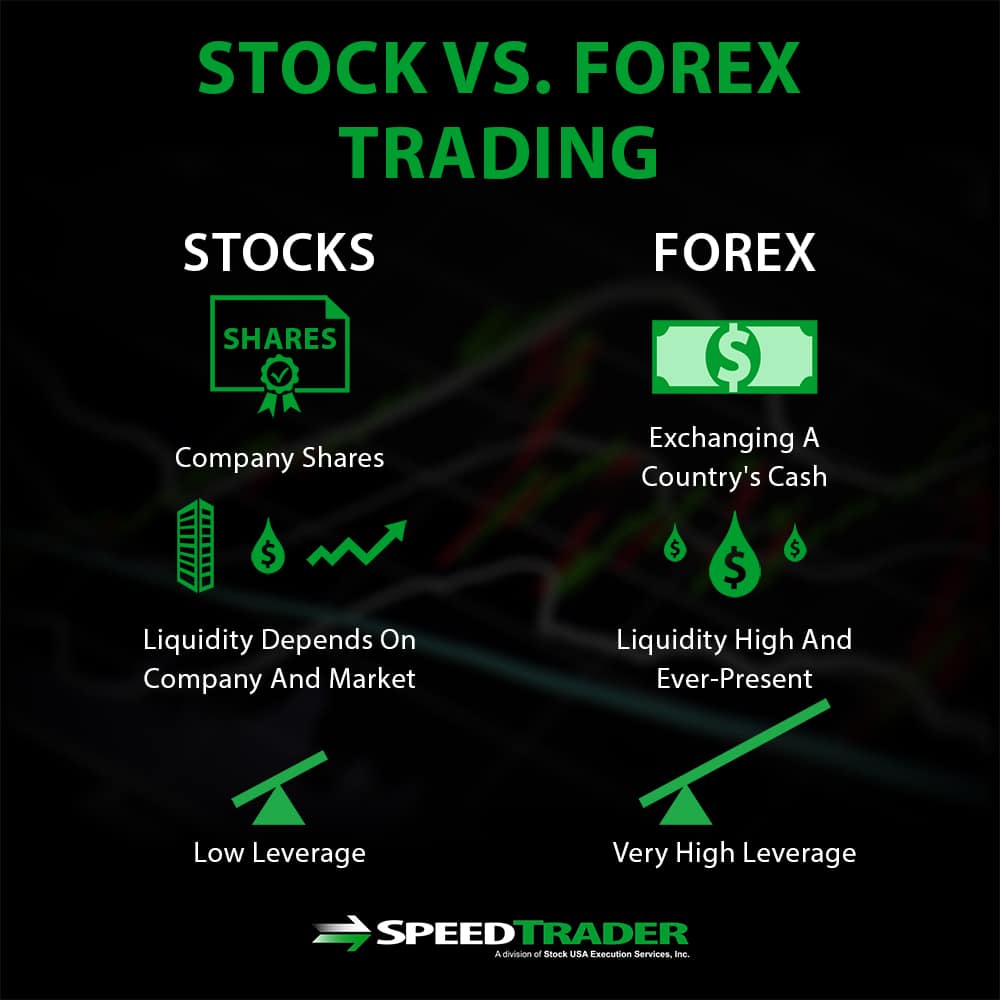Within the fast-paced world of Forex trading, the path from an novice to a confident trader is packed with invaluable lessons, challenges, and opportunities for growth. Many aspiring traders often feel overwhelmed by the complexities of the foreign exchange market, but understanding the core principles can pave the way for success. This article aims to illuminate on essential concepts, strategies, and insights that can help both beginners and seasoned traders navigate the dynamic landscape of Forex.
From understanding how the Forex market works in simple terms to becoming proficient in the intricacies of reading Forex charts, this journey encompasses a variety of topics designed to enhance your trading skills. We will explore the importance of risk management, the psychology behind successful trades, and various trading strategies that can be tailored to suit your personal style. Whether you are interested in day trading, swing trading, or leveraging automated trading systems, our guide will provide the tools you need to craft a profitable Forex trading plan while avoiding common pitfalls.
Grasping Forex Market Basics
Foreign exchange or currency trading, consists of buying and trading foreign currencies to making a profit from variations in their conversion rates. Unlike other investment markets, the Forex market functions 24 hours, five days a week, and is the biggest monetary market in the world, boasting a daily trading volume surpassing six trillion dollars. Grasping the basic principles of currency trading is important for anyone looking to participate in this dynamic market.
To begin investing in Forex, one must understand key ideas such as currency pairs, which denote the value of one currency compared to another. Major currency pairs include widely-used options like the Euro against the US Dollar, while lesser pairs often involve not as frequently traded currencies. Exotic pairs, on the other hand, feature one major currency and one from a developing economy. Knowledge of how these pairs move in response to economic indicators is vital for traders aiming to capitalize on market movements.
Leverage plays a key role in Forex trading as it allows traders to control greater positions than their initial capital would typically allow. This can increase potential profits but also heightens the risk of substantial losses. With the allure of high returns provided by leverage, it is vital for Forex traders to apply sound risk management strategies and understand their own risk tolerance before entering the market.
Proven Trading Strategies
A proficient Forex trader must utilize several clearly laid out strategies to navigate the market effectively. One widely used approach is scalping, which involves making quick trades to take advantage of slight price movements. Scalpers utilize tight spreads and need to develop a keen sense of timing and discipline. On the contrary, swing trading offers a alternative perspective, allowing traders to hold positions for several days or weeks, capturing more significant price changes. Understanding when to apply each strategy based on market situations is crucial to enhancing profitability.
Another vital aspect of trading strategies is the use of analytical indicators. Tools like moving averages, Relative Strength Index (RSI), and Bollinger Bands can provide indications into potential price changes and help traders execute informed choices. By scrutinizing historical price action and market trends, traders can identify critical support and resistance levels, boosting their ability to judge when to start or exit a trade. Pairing these indicators with a solid trading plan often results in better results.
Risk management is equally important in crafting effective trading strategies. Effective traders employ stop loss and take profit orders to protect their investments and make sure losses are controlled. Additionally, understanding Look at this website -to-reward ratio permits them to determine whether a trade is worth taking based on its possible return relative to the exposure involved. By integrating these elements into their trading habits, Forex traders position themselves for long-term success and success in an frequently volatile market.
Managing Risks and Feelings

In the realm of Forex trading, managing risk is as crucial as creating effective trading approaches. Every trader should establish a risk management strategy that comprises establishing appropriate stop loss and take profit orders. By setting how much capital one is willing to risk on each trade, traders can protect themselves from unexpected market movements. Integrating risk-to-reward ratios is also essential; it assists traders comprehend the potential gain versus the loss they're willing to accept, which can significantly affect long-term profitability.
Emotional regulation is another crucial aspect of profitable trading. The psychological hurdles of Forex can cause poor decision-making, thus negatively impacting trades. Traders must develop techniques to cope with emotions, such as fear, greed, and impatience. Having a trading journal can be helpful, as it allows traders to reflect on their decisions and emotional responses, encouraging self-awareness. Implementing mindfulness and maintaining discipline can help traders stick to their trading plans even during unstable market conditions.
Integrating risk management with emotional discipline creates a foundation for enduring trading success. Traders should not only focus on strategies and market analysis but also develop their psychological resilience. Recognizing that losses are an unavoidable part of trading and learning how to manage those feelings without letting them dictate actions will ultimately help traders flourish in the Forex market. By adhering to a disciplined approach and maintaining a clear mindset, traders can navigate the emotional rollercoaster of Forex trading more successfully.
